[EN] NDH 2011 badge hacking part 1 : Pinout reversing
* UPDATED (6 July 2011) *:
- Fixed links (ATMEL documentation)
- Added section on full pinout
Hello!
Today we are going to do some “hardware” hacking (if we can call it like that …). Yes, NDH badge hacking :D. I do not have any real knowledge in electronics but it should be enough to pawn it.
The thing I am the most amazed with is that nobody wrote an article about it but the creator of the badge (tixlegeek) …
Let’s fix that!
The situation
First of all, I could not not find the pinout on Tix’s Le Geek blog so I had to “reverse” it. It is because I have the following programmer (a version of USBasp):

So the cable is a 2x5 pin ICSP AVR.
We want to have something clean so we are going to use a BUS cable:
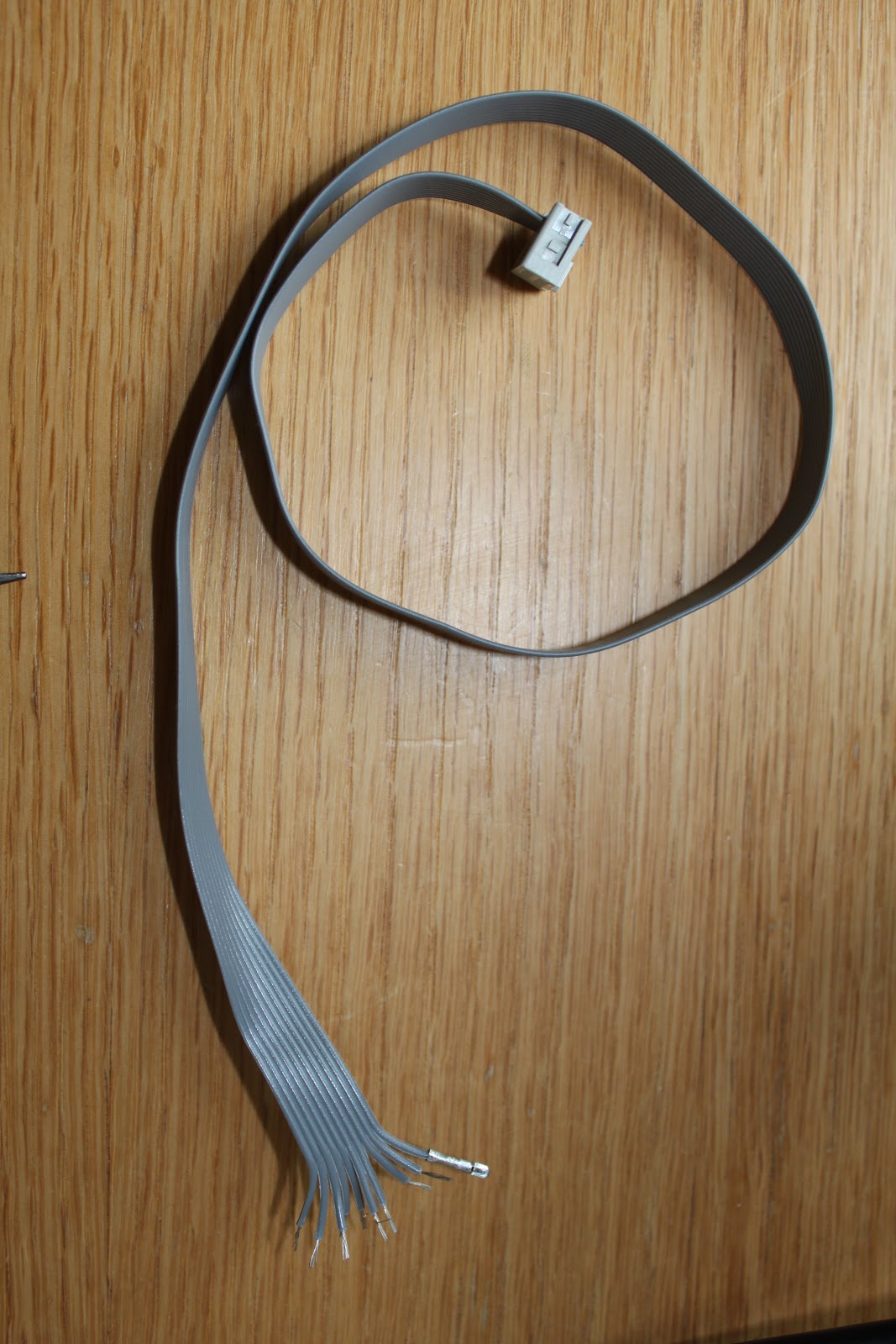
As well as small clips:
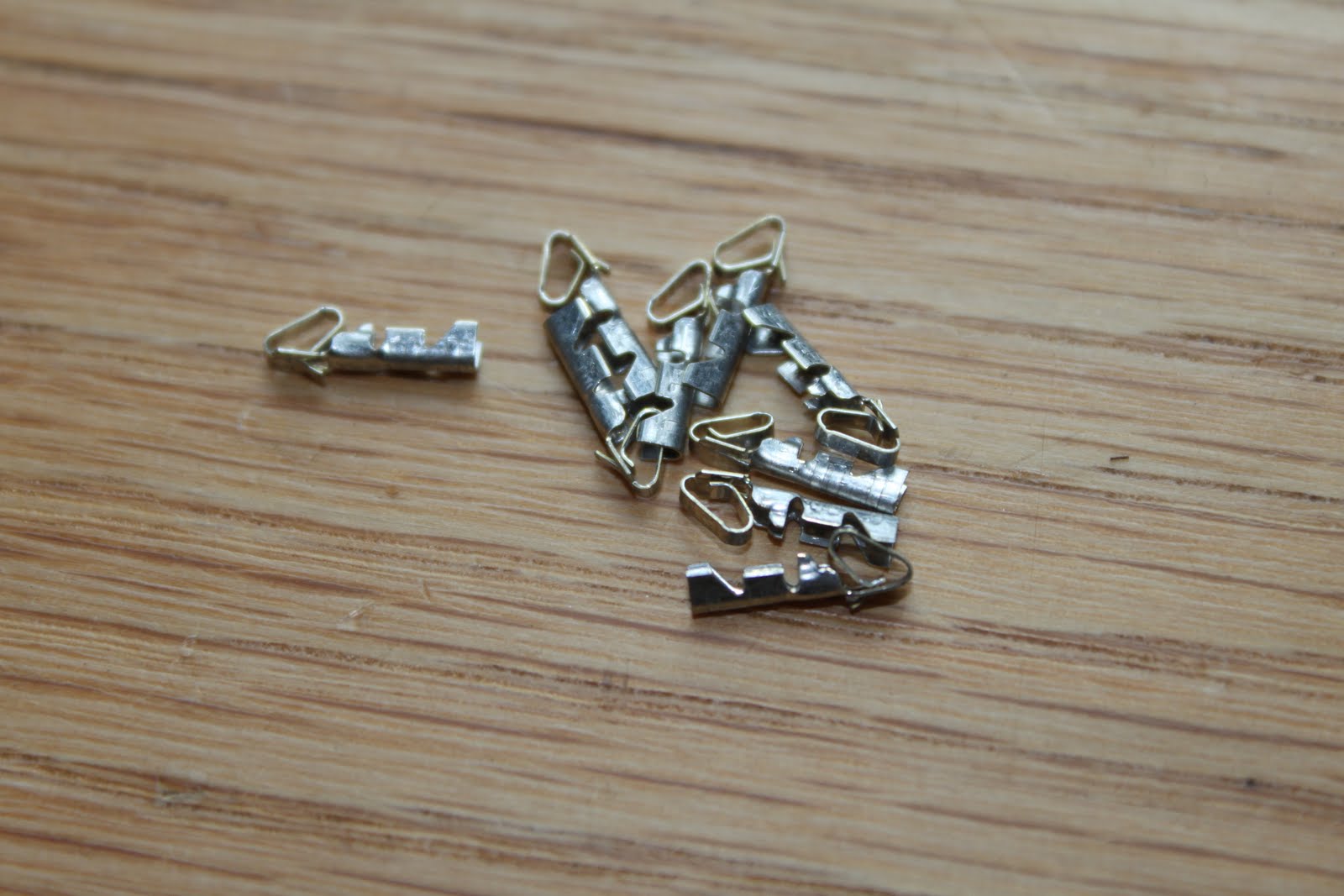
To plug it into a small socket:
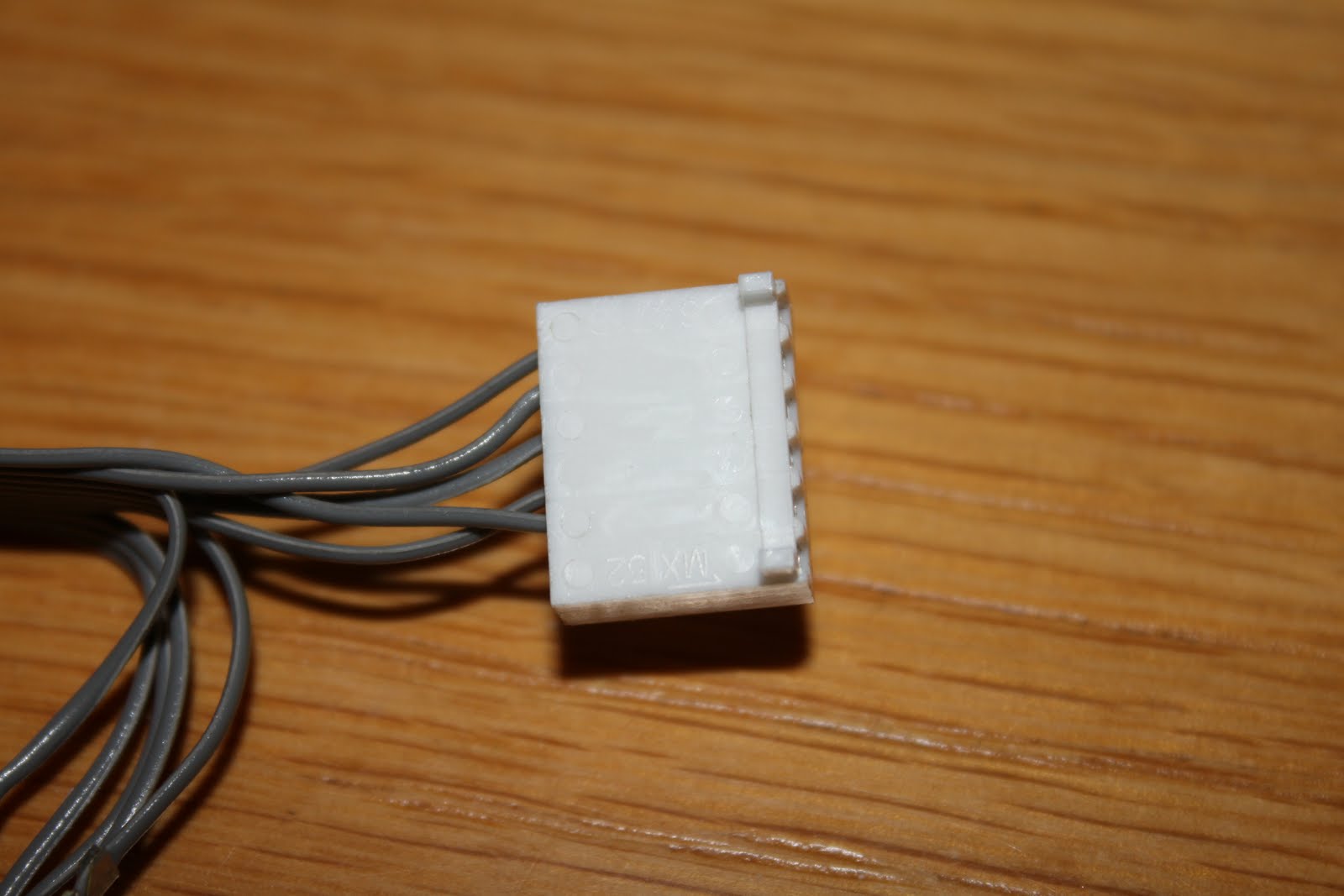
To set up the clips, you need to use a flat-nosed plier like this:
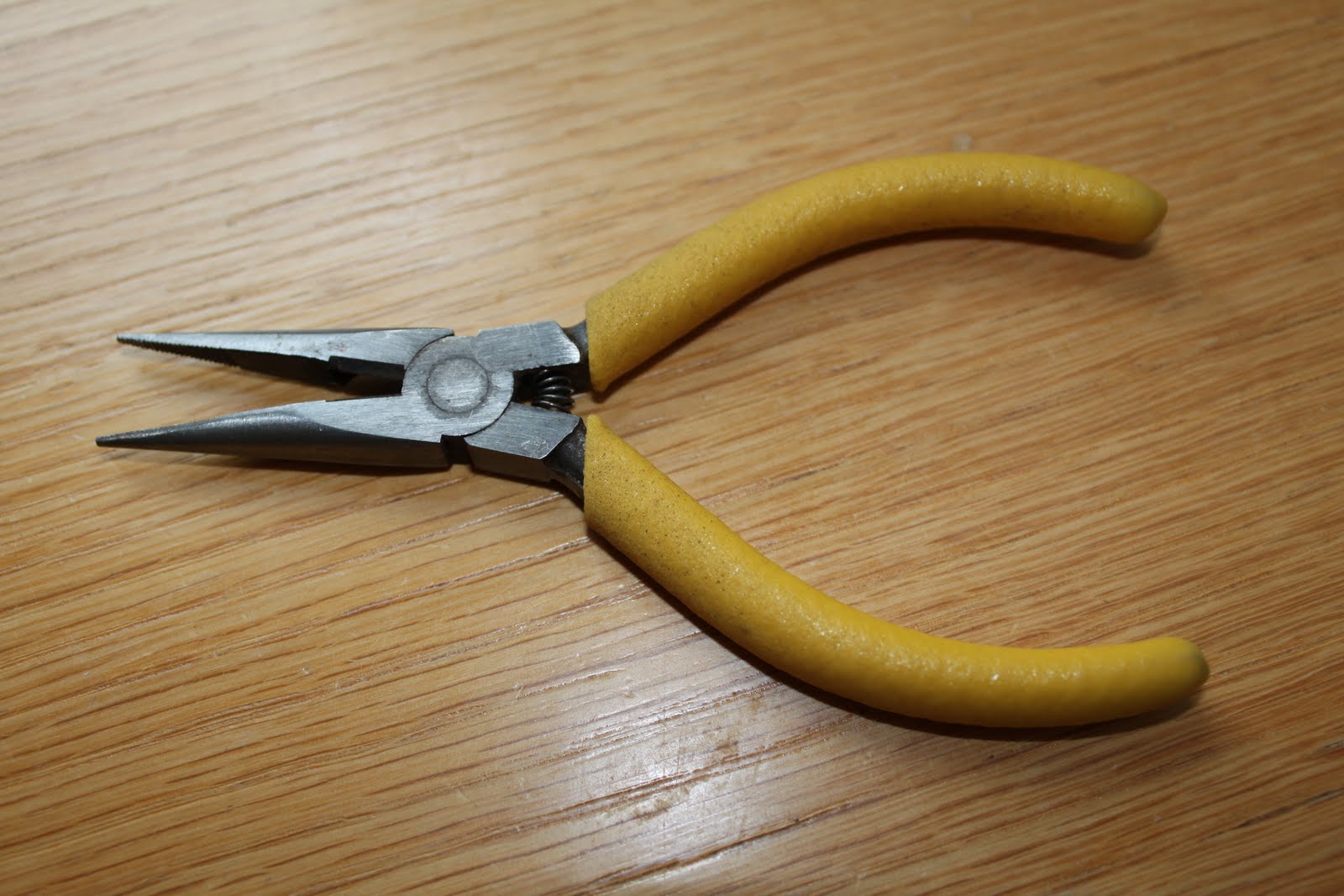
For reversing the pinout you could also use wires and a breadboard (I don’t have a breadboard … or any electronic stuffs ^^”):
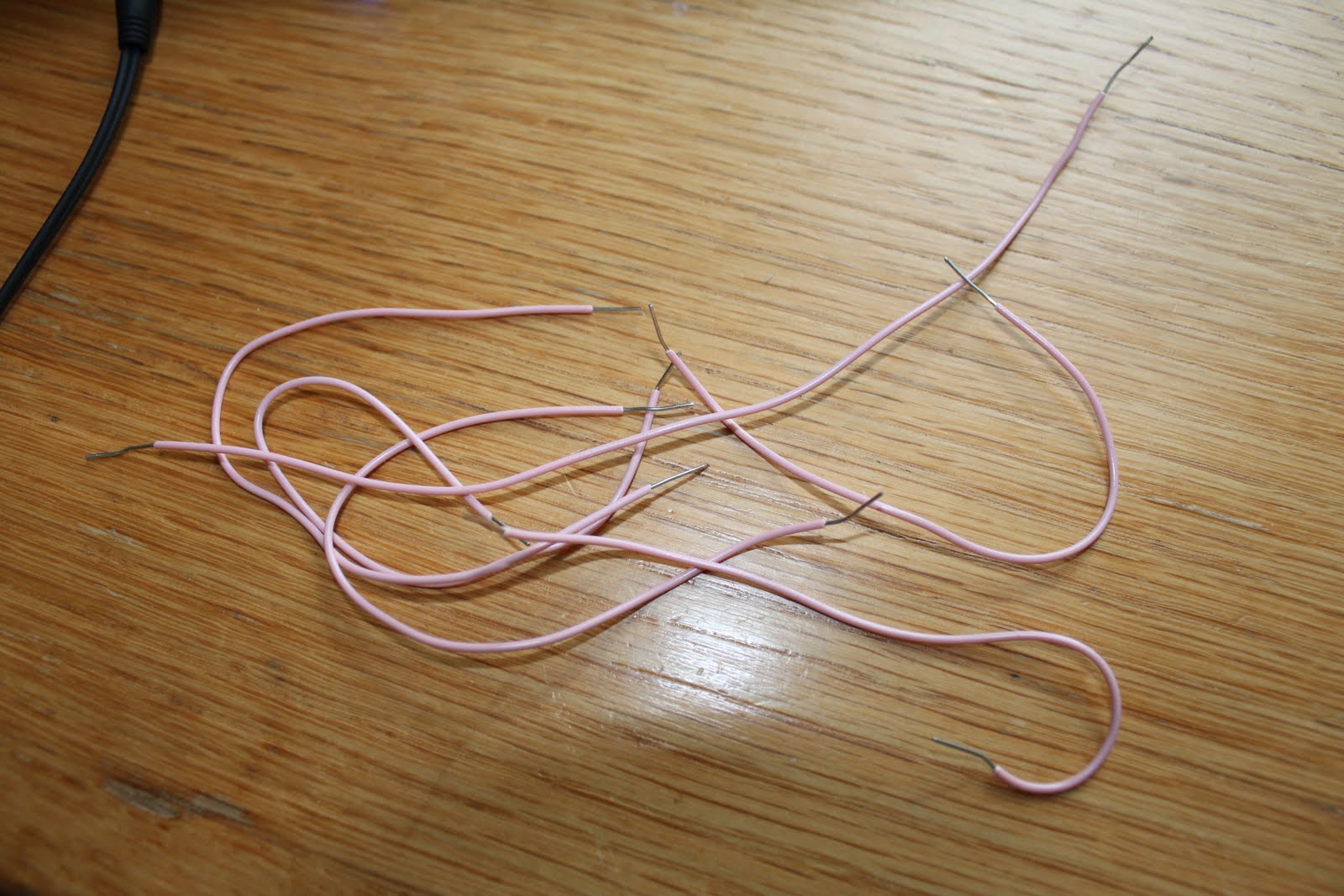
Don’t forget your NDH badge!
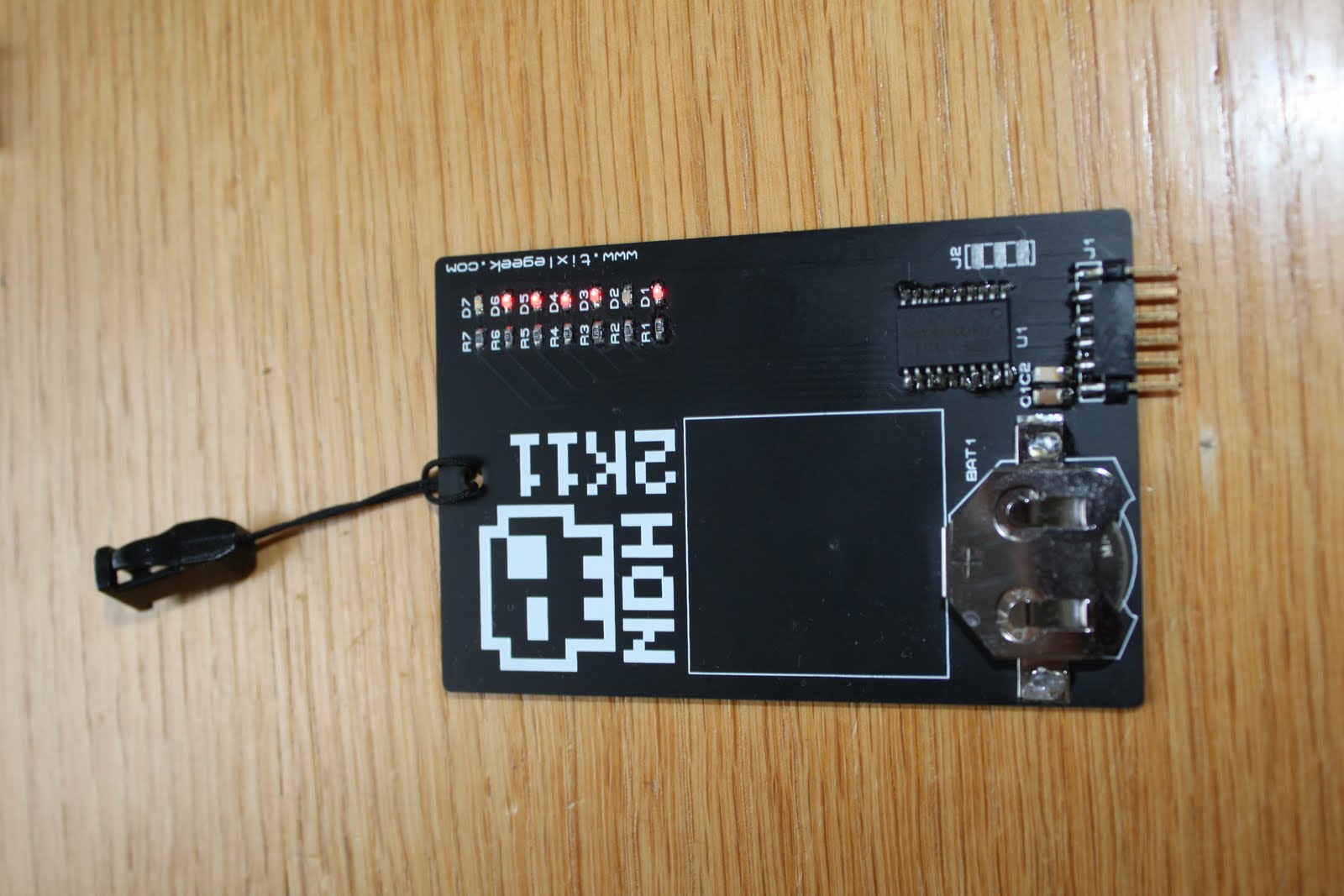
In the end you should have all those:
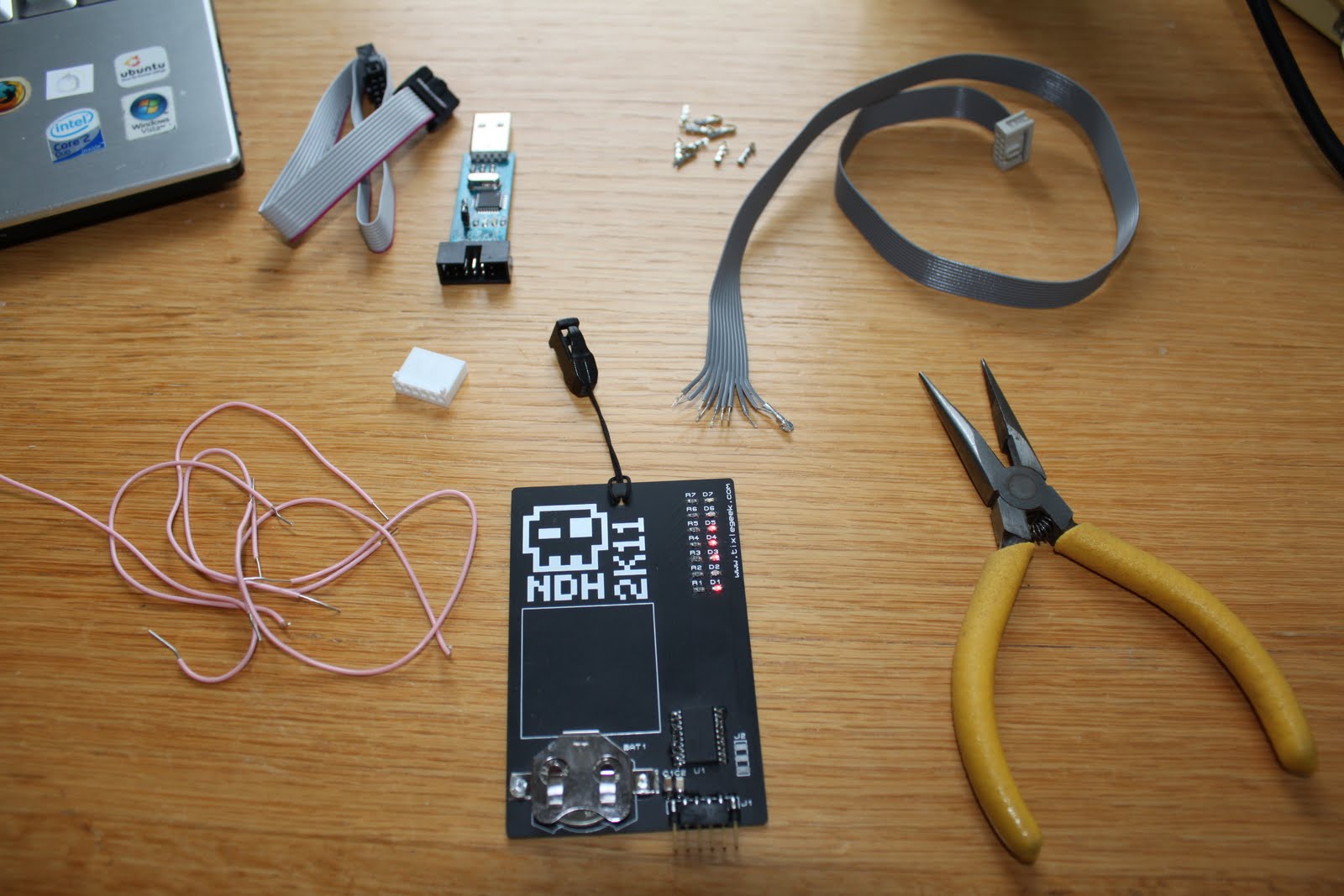
Reversing the pinout
Ok for the pinout you could try to find VCC and GND first with a multimeter and then the other ports. As I do not have any electronic equipment I haven’t tried that.
But here what was my idea with the wires :
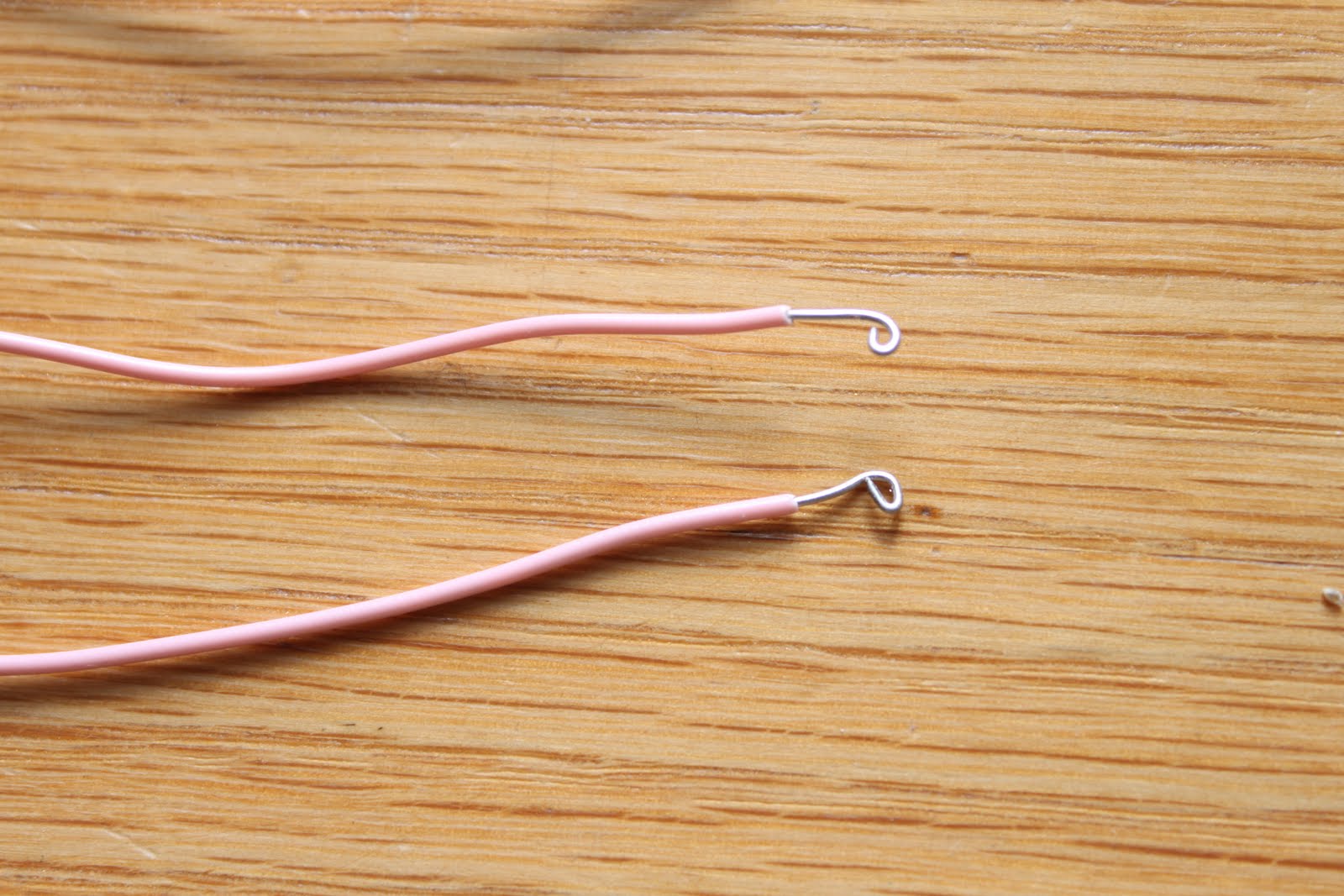
Yeah, try to craft kind of a hook or something and plug the other part to a breadboard and test it.
Luckily there is another way to find out about the pinout:

Yes just looking at the chip documentation you could find the pinout. Anyway for the chip, looking close enough you could see its reference:
1
2
ATMEL 1114
ATTINY2313V-10SU
Done we have the pinout. Just have to make the cable ;).
The pinout
Badge NDH
1
2
3
-------------------------------------------------
| | | | | |
RST MOSI MISO SCK VCC GND
Port 2x5 ping AVR ICSP
1
2
3
4
5
6
7
1 3 5 7 9
---------------------------------------------------------
| MOSI | NC | RESET | SCK | MISO |
---------------------------------------------------------
| VCC | GND | GND | GND | GND |
---------------------------------------------------------
2 4 6 8 10
Do the pinout and then we’re in business :).
Full pinout
Just in case people might find this useful:
1
2
3
4
5
6
7
8
9
10
11
12
13
14
15
16
17
18
19
20
21
22
23
24
25
26
27
28
-------------------------
| PORTD |
-------------------------
| PIND0 | RX |
| PIND1 | TX |
| PIND2 | D4 |
| PIND3 | D3 |
| PIND4 | D2 |
| PIND5 | D1 |
| PIND6 | D5 |
-------------------------
| PORTB |
-------------------------
| PINB0 | D6 |
| PINB1 | D7 |
| PINB2 | NC |
| PINB3 | NC |
| PINB4 | NC |
| PINB5 | MOSI |
| PINB6 | MISO |
| PINB7 | SCK |
-------------------------
| PORTA |
-------------------------
| PINA0 | NC |
| PINA1 | NC |
| PINA2 | RESET |
-------------------------
It is evident that you need to read the documentation to understand that table: the chip documentation.
Conclusion
With a bit of curiosity, it was possible to find out about the pinout fairly easily. As I miscounted the AVR ICSP pinout … my cable is not right, so the software part is going to be for another day ;).
Cheers,
m_101